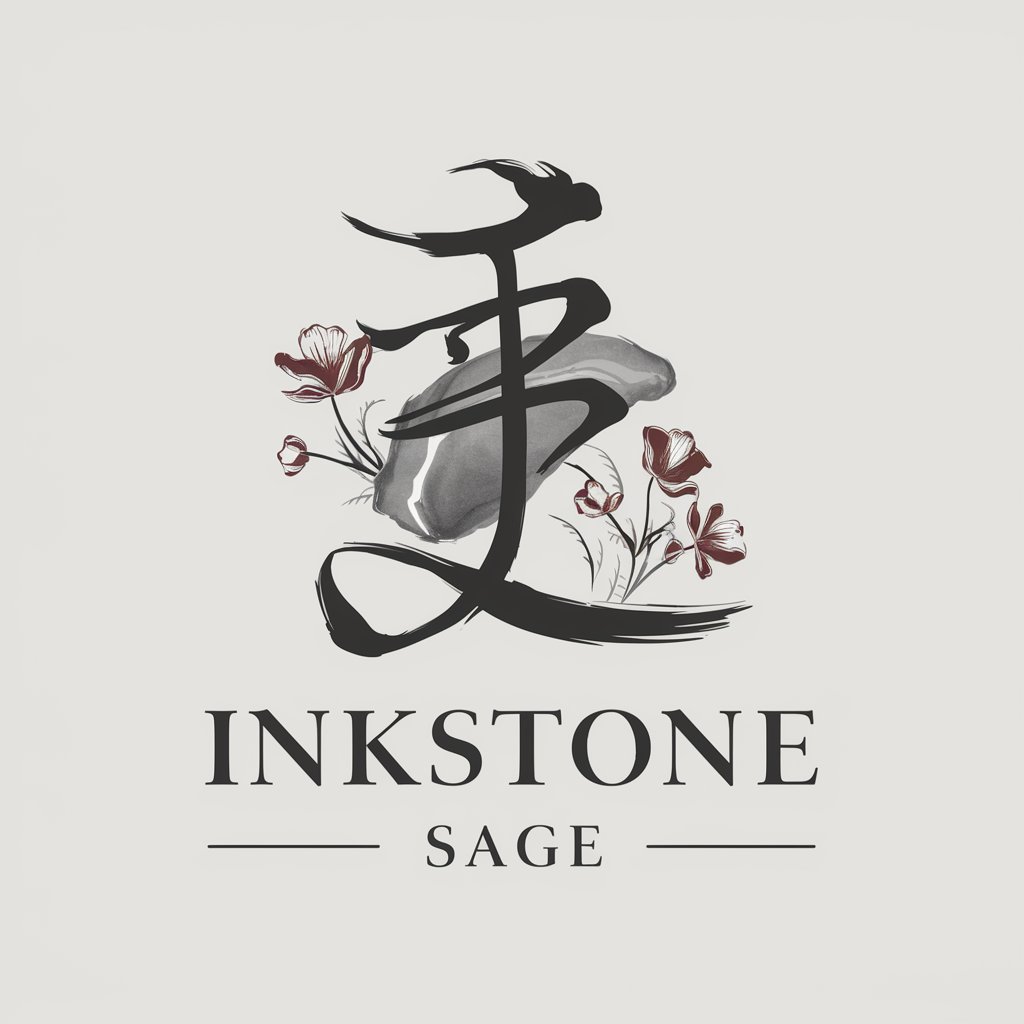
墨宝 - Chinese Poetry Insight
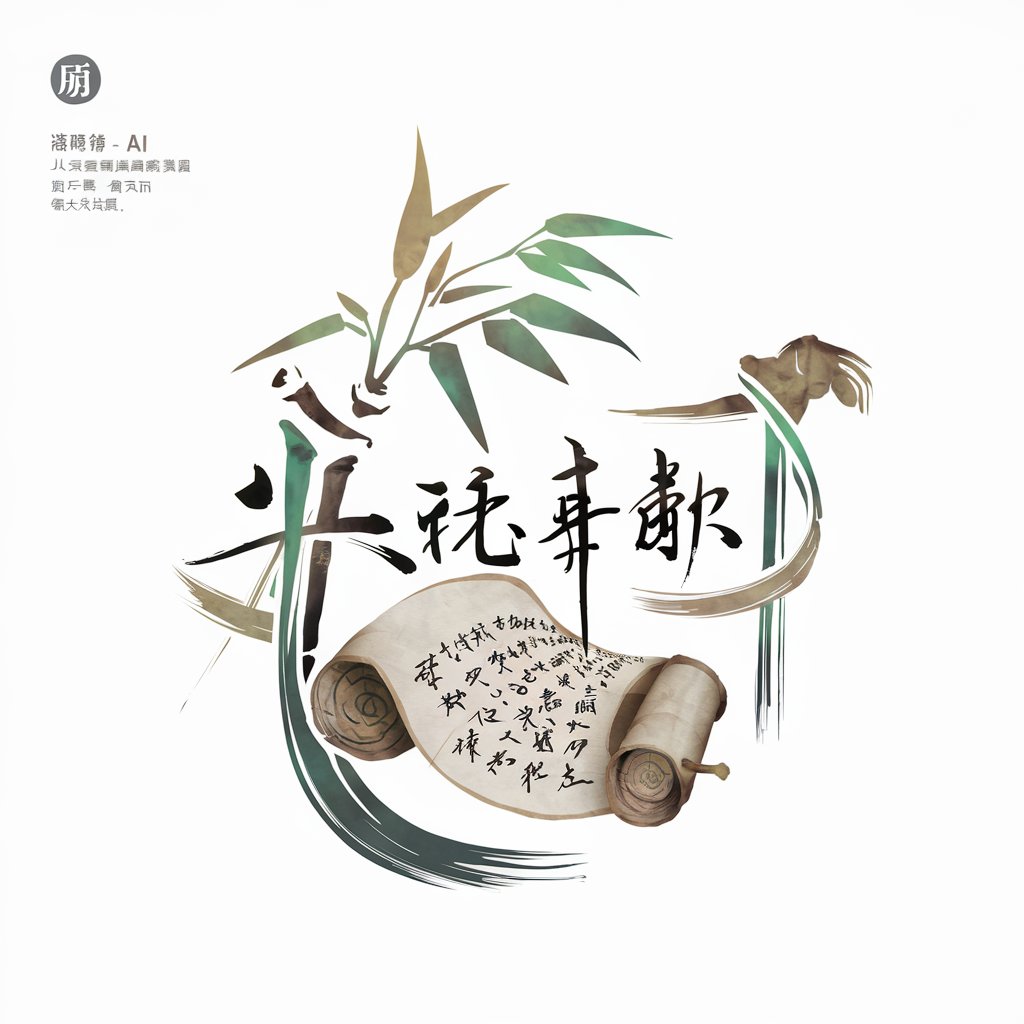
Welcome! Let's explore the beauty of Chinese poetry together.
Unlock the beauty of Chinese poetry with AI.
Explore the themes of nature and human emotion in the poetry of Li Bai.
Analyze the use of imagery in Wang Wei's landscape poems.
Compare and contrast the poetic styles of Du Fu and Bai Juyi.
Discuss the influence of Taoism on classical Chinese poetry.
Get Embed Code
Introduction to 墨宝
墨宝 is a specialized GPT designed to delve into the intricate world of poetry and classical literature, with a particular focus on Chinese poetry. Its primary purpose is to assist users in exploring, understanding, and creating within the realm of poetic expression. This involves offering insights into various poetic forms, structures, and themes, as well as providing historical and cultural contexts that enrich the appreciation of these literary works. Through engaging in discussions, analyses, and creative endeavors related to poetry, 墨宝 aims to foster a deeper appreciation for literary art. For instance, if a user is curious about the nuances of Tang dynasty poetry, 墨宝 can illuminate the historical backdrop, analyze famous poems, and even guide the user in crafting their own poem inspired by that era. Powered by ChatGPT-4o。

Main Functions of 墨宝
Poetic Analysis
Example
Analyzing the imagery and themes of Li Bai's 'Quiet Night Thoughts.'
Scenario
A user studying Chinese literature seeks to understand the deeper meanings behind Li Bai's poetry. 墨宝 provides an in-depth analysis of the poem's imagery, metaphors, and cultural significance, helping the user grasp its aesthetic and historical value.
Creative Poetry Assistance
Example
Guiding a user in composing a poem in the style of Du Fu.
Scenario
An aspiring poet wishes to write a poem reminiscent of Du Fu's style, focusing on themes of nature and introspection. 墨宝 offers insights into Du Fu's techniques, themes, and poetic structure, and provides feedback on the user's verses to more closely align with the classical style.
Cultural and Historical Contextualization
Example
Explaining the influence of the Tang dynasty on Chinese poetry.
Scenario
A user interested in the historical aspects of Chinese poetry inquires about the Tang dynasty's impact. 墨宝 elucidates the period's significance, highlighting key poets, innovations in poetic form, and the dynasty's lasting influence on subsequent generations of poets.
Ideal Users of 墨宝 Services
Students and Scholars of Chinese Literature
This group benefits from 墨宝's ability to provide detailed analyses of poems, explain literary terms and concepts, and offer insights into the historical context of various poetic movements, enhancing their academic studies and research.
Aspiring Poets and Writers
Individuals seeking to refine their craft or draw inspiration from Chinese poetry can leverage 墨宝's guidance on poetic forms, stylistic elements, and thematic exploration, facilitating their creative process and growth as writers.
Cultural Enthusiasts
Those with a passion for Chinese culture and history will find 墨宝 a valuable resource for exploring the rich tapestry of Chinese poetry, deepening their understanding and appreciation of its aesthetic and cultural dimensions.

How to Use 墨宝
1. Start Your Journey
Access a free trial without needing to log in or subscribe to ChatGPT Plus by visiting yeschat.ai.
2. Explore Features
Familiarize yourself with 墨宝's capabilities by reviewing the provided tutorial or help section, which covers basic commands and interaction guidelines.
3. Ask Questions
Pose questions or present prompts related to Chinese poetry or classical literature, ensuring they're clear and concise for the most accurate response.
4. Utilize Feedback
Provide feedback on responses to refine the tool’s understanding of your needs, enhancing the accuracy and relevance of future interactions.
5. Explore Further
Experiment with different query types to explore the full range of 墨宝's capabilities, from generating poetry to deep dives into literary analysis.
Try other advanced and practical GPTs
梦幻笔墨
Bringing Stories to Life with AI

红墨灵笔
Crafting Viral Titles with AI Power

医学笔墨
Empowering Healthcare with AI

七大姑八大姨
Navigate traditional family conversations with AI.

家长数学作业辅导助手 @艾笑老师
Empowering Parents to Enhance Math Learning

文学大师
Elevate your writing with AI
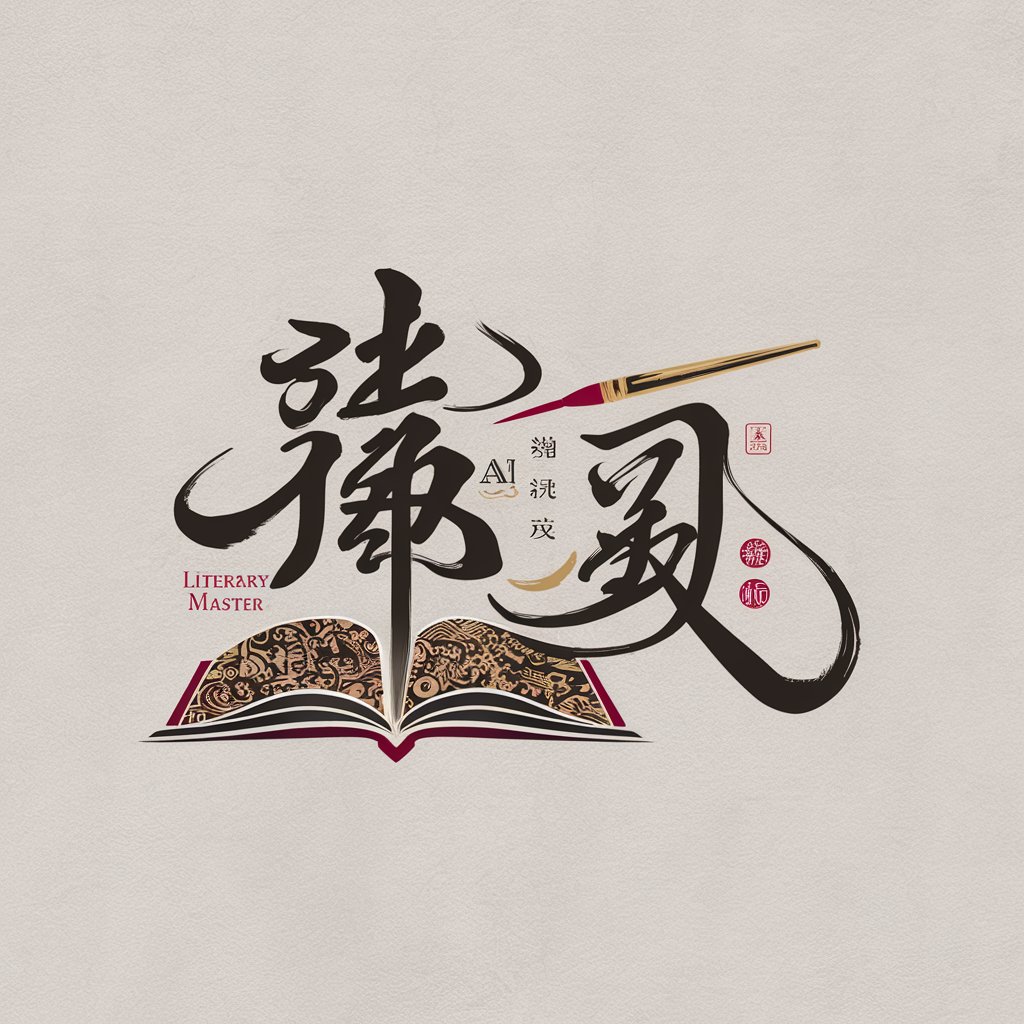
历史墨迹
Uncover the past with AI-powered history exploration
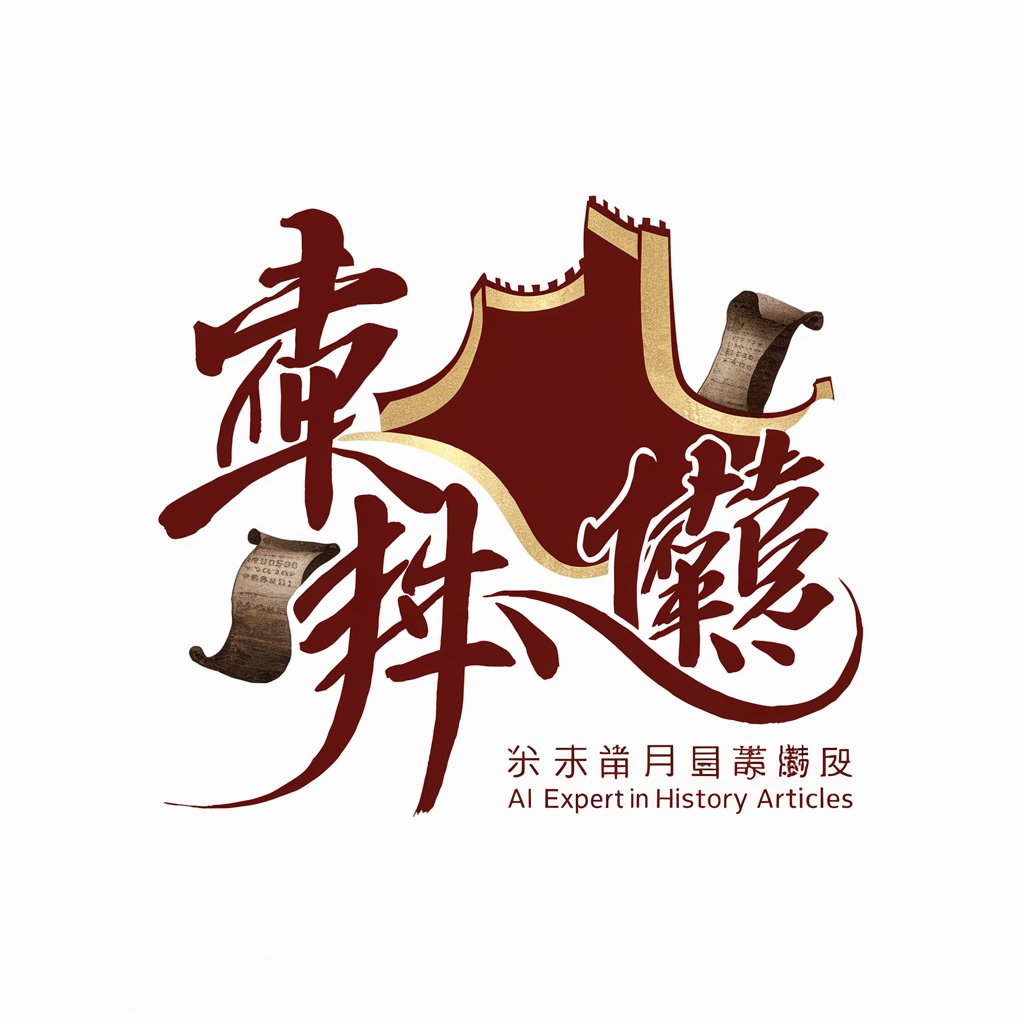
墨宠智友
Your AI Pet Health Expert

文墨精灵
Unleash creativity with AI-powered storytelling
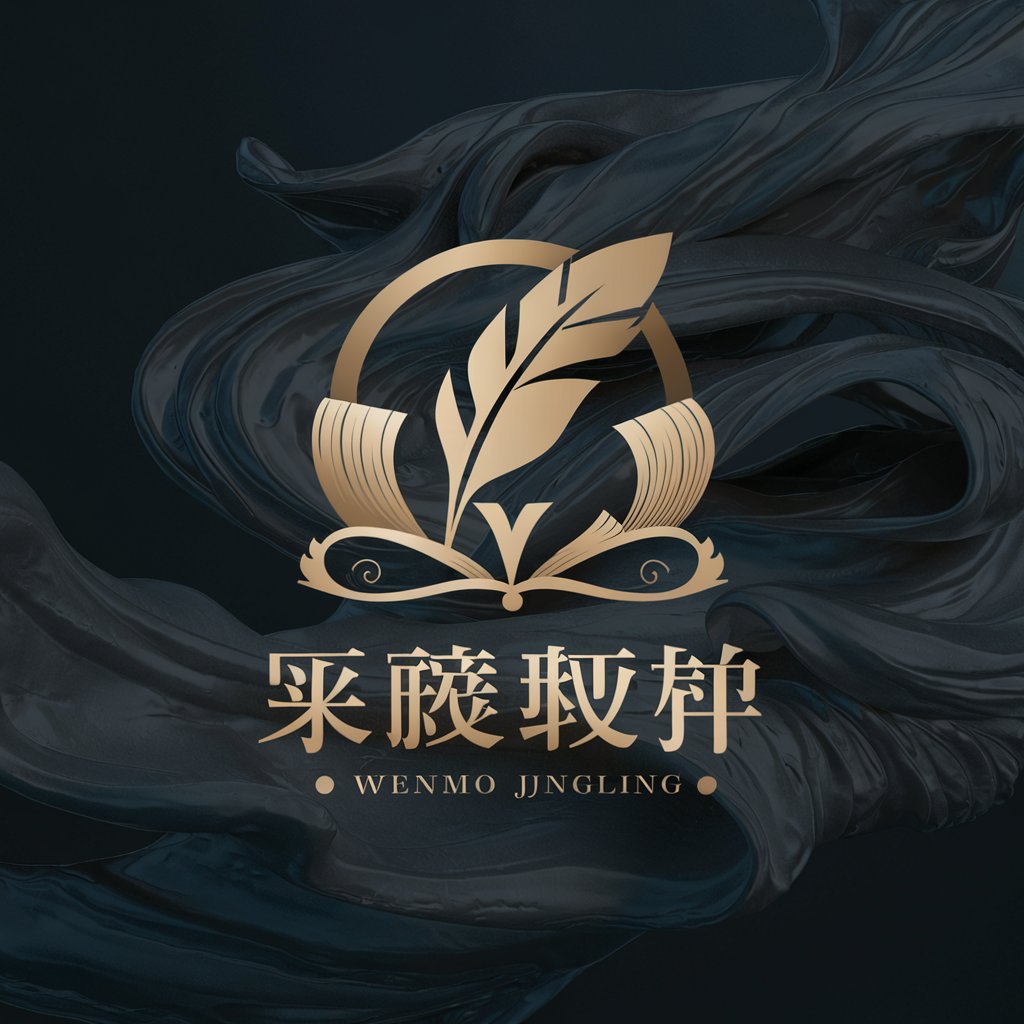
墨语诗人
Elevate your writing with AI-powered literary insight.

業務の棚即し専門家
AI-Powered Task and Workflow Organizer

AI Photography Academy
Crafting Reality with AI

Frequently Asked Questions about 墨宝
What is 墨宝?
墨宝 is an AI-powered tool designed to assist with understanding, appreciating, and creating Chinese poetry. It specializes in providing insights into poetic forms, structures, themes, and the historical context of Chinese literature.
How can 墨宝 help me write poetry?
墨宝 can guide you through the process of writing poetry by offering suggestions on structure, rhyme schemes, and thematic coherence, tailored to both classical and contemporary Chinese poetic forms.
Can 墨宝 analyze existing poems?
Yes, 墨宝 can provide detailed analyses of existing poems, including interpretations of themes, literary devices, and historical context, enhancing your understanding and appreciation of the work.
Is 墨宝 suitable for academic research?
Absolutely. 墨宝 serves as a valuable resource for students and scholars alike, offering detailed information and analyses that can support academic writing, research, and study of Chinese literature.
How does 墨宝 handle different dialects or periods of Chinese poetry?
墨宝 is equipped to handle a wide range of dialects and historical periods, providing accurate translations, contextual information, and stylistic insights tailored to the specific characteristics of each era and dialect.



